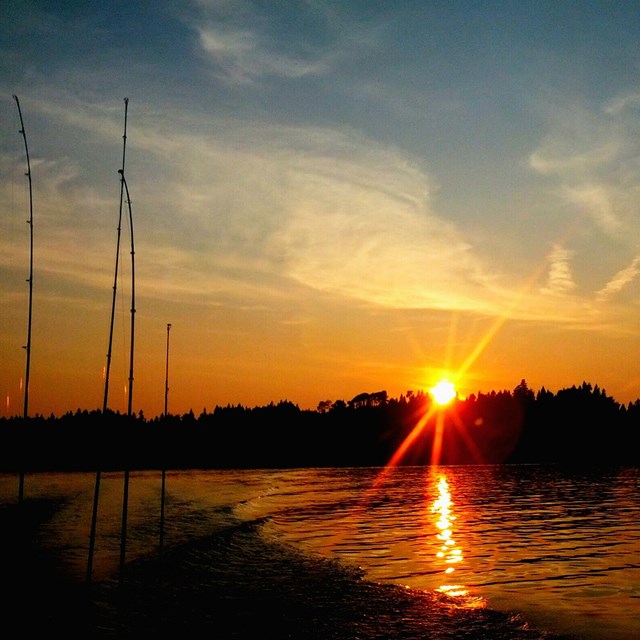
NPS/USFWS Midwest Region A Superior HomeTo bear witness to the vivid yellow, red, and green marble-backed beauties that are coaster brook trout, one will have to look to Lake Superior. Native to the lake’s 3,000 miles of shoreline, Lake Superior is the only place in the world to find freshwater coasters. Island SanctuaryHistorically, Lake Superior supported fishable coaster populations. However, unregulated fishing decimated coaster stock. Wide-scale logging and the construction of hydro-electric dams have also contributed to reduced coaster populations. By the mid-1990s, Isle Royale was one of only a handful of tiny pocket coaster populations that still existed. Today, coasters are still a rare sight, but can be seen at the island – the protection provided by the intact habitat, remote location, and park conservation regulations create a sanctuary for the elusive fish. Coaster Brook Trout vs. Brook TroutAll coasters are brook trout, but not all brook trout are coasters. So what's the difference?

NPS Photo Identifying Coaster Brook Trout
BehaviorDue to their early decline, little is known about the ecology of coasters. However, such information is vital to rehabilitation and management, so research is ongoing. It is known that spawning occurs in the months of October and November. Female brook trout use their tails to create a spawning bed. After spawning, the female covers the eggs (up to 5,000) with gravel. Brook trout eggs must stay silt free and get continuous amounts of oxygen rich water for the eggs to survive. Depending upon water temperatures, the egg incubation period is 3 to 4 months. Brook trout take about 1.5 to 2.5 years to mature and they usually do not live longer than 6 years. 
Kevin Somers Coaster Brook Trout RegulationsCoaster brook trout populations may be at risk of disappearing unless protective measures remain in place. The National Park Service and Michigan Department of Natural Resources have implemented protective fishing regulations at Isle Royale in order to help with the recovery of this once-common fish.
Note: Isle Royale Lake Superior waters extend 4.5 miles from the island in each direction.
|
Last updated: April 4, 2022



